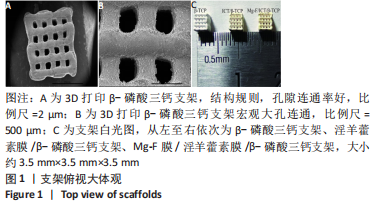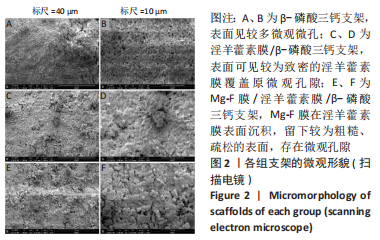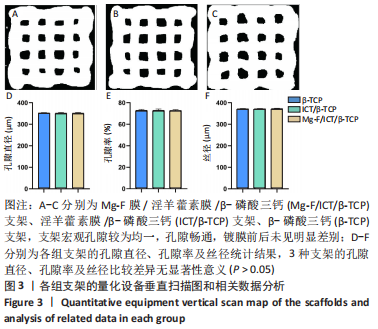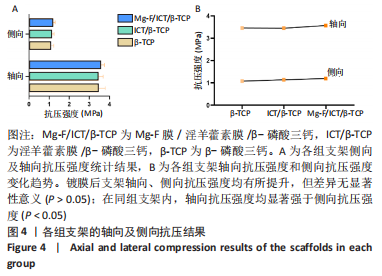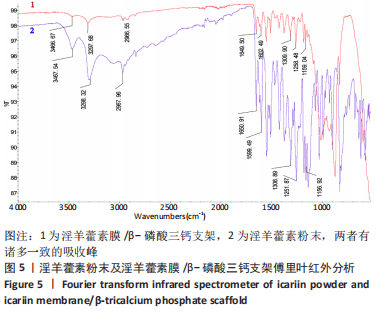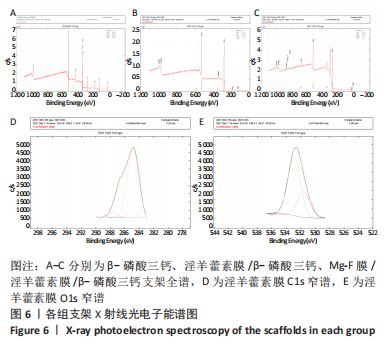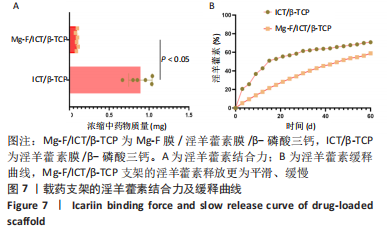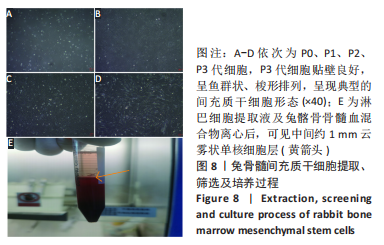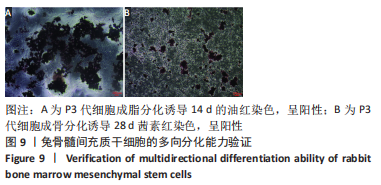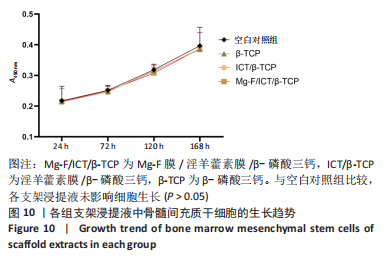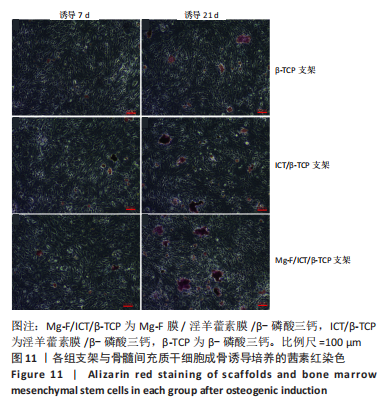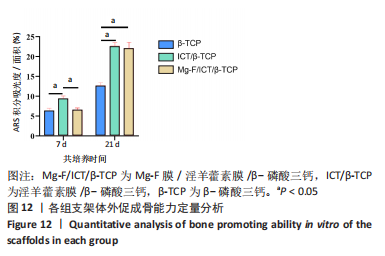[1] HINES JT, JO WL, CUI Q, et al. Osteonecrosis of the Femoral Head: an Updated Review of ARCO on Pathogenesis, Staging and Treatment.J Korean Med Sci. 2021;36(24):e177.
[2] GUGGENBUHL P, ROBIN F, CADIOU S, et al. Etiology of avascular osteonecrosis of the femoral head. Morphologie. 2021;105(349): 80-84.
[3] REZUS E, TAMBA BI, BADESCU MC, et al. Osteonecrosis of the Femoral Head in Patients with Hypercoagulability-From Pathophysiology to Therapeutic Implications. Int J Mol Sci. 2021;22(13):6801.
[4] CUI Q, JO WL, KOO KH, et al. ARCO Consensus on the Pathogenesis of Non-traumatic Osteonecrosis of the Femoral Head. J Korean Med Sci. 2021;36(10):e65.
[5] HOOGERVORST P, CAMPBELL JC, SCHOLZ N, et al. Core Decompression and Bone Marrow Aspiration Concentrate Grafting for Osteonecrosis of the Femoral Head. J Bone Joint Surg Am. 2022;104(Suppl 2):54-60.
[6] ANDRONIC O, WEISS O, SHOMAN H, et al. What are the outcomes of core decompression without augmentation in patients with nontraumatic osteonecrosis of the femoral head? Int Orthop. 2021; 45(3):605-613.
[7] LIGH CA, NELSON JA, FISCHER JP, et al. The Effectiveness of Free Vascularized Fibular Flaps in Osteonecrosis of the Femoral Head and Neck: A Systematic Review. J Reconstr Microsurg. 2017;33(3):163-172.
[8] RICHARD MJ, DIPRINZIO EV, LORENZANA DJ, et al. Outcomes of free vascularized fibular graft for post-traumatic osteonecrosis of the femoral head. Injury. 2021;52(12):3653-3659.
[9] MURAB S, HAWK T, SNYDER A, et al. Tissue Engineering Strategies for Treating Avascular Necrosis of the Femoral Head. Bioengineering (Basel). 2021;8(12):200.
[10] 刘锌,杜斌,孙光权,等.多孔β磷酸三钙-聚吡咯-生物素-淫羊藿素微球复合支架促进骨髓间充质干细胞的募集[J].中国组织工程研究,2020,24(34):5532-5537.
[11] 张军,任跃明,张双庆.淫羊藿素抗骨质疏松作用及其给药系统研究进展[J].中国药学杂志,2021,56(10):781-784.
[12] 李时斌,夏天,章晓云,等.淫羊藿活性单体成分调控骨质疏松症相关信号通路影响骨吸收与骨形成的稳态[J].中国组织工程研究, 2022,26(11):1772-1779.
[13] RONDANELLI M, FALIVA MA, TARTARA A, et al. An update on magnesium and bone health. Biometals. 2021;34(4):715-736.
[14] 张竞心,刘林枫,张士文,等.镁离子促进骨再生的分子机制[J].中国组织工程研究,2022,26(33):5384-5392.
[15] CIOSEK Z, KOT K, KOSIK-BOGACKA D, et al. The Effects of Calcium, Magnesium, Phosphorus, Fluoride, and Lead on Bone Tissue. Biomolecules. 2021;11(4):506.
[16] LIU S, ZHOU H, LIU H, et al. Fluorine-contained hydroxyapatite suppresses bone resorption through inhibiting osteoclasts differentiation and function in vitro and in vivo. Cell Prolif. 2019;52(3): e12613.
[17] AL-EESA NA, FERNANDES SD, HILL RG, et al. Remineralising fluorine containing bioactive glass composites. Dent Mater. 2021;37(4):672-681.
[18] 李贝贝.PLA基复合薄膜的几种制备工艺及其抗菌性能研究[D].南京:南京理工大学,2020.
[19] CHENG T, CAO J, JIANG X, et al. Study of Icaritin Films by Low-Energy Electron Beam Deposition. Eurasian Chem-Techno. 2021;23(2):77-87.
[20] CAO J, LIU X, JIANG X, et al. Studies of magnesium - hydroxyapatite micro/nano film for drug sustained release. Appl Surf Sci. 2021;565: 150598.
[21] 薛鹏,杜斌,王礼宁,等.可控释淫羊藿苷-β-磷酸三钙复合支架的制备[J].中国组织工程研究,2018,22(6):865-870.
[22] NUGRAHA AP, RANTAM FA, NARMADA IB, et al. Gingival-Derived Mesenchymal Stem Cell from Rabbit (Oryctolagus cuniculus): Isolation, Culture, and Characterization. Eur J Dent. 2021;15(2):332-339.
[23] 薛鹏.3D打印淫羊藿苷-β-磷酸三钙复合材料对兔股骨头坏死骨修复的实验研究[D].南京:南京中医药大学,2018.
[24] JANA A, DAS M, BALLA VK. In vitro and in vivo degradation assessment and preventive measures of biodegradable Mg alloys for biomedical applications. J Biomed Mater Res A. 2022;110(2):462-487.
[25] BALLOUZE R, MARAHAT MH, MOHAMAD S, et al. Biocompatible magnesium-doped biphasic calcium phosphate for bone regeneration. J Biomed Mater Res B Appl Biomater. 2021;109(10):1426-1435.
[26] SALAMANCA E, PAN YH, SUN YS, et al. Magnesium Modified beta-Tricalcium Phosphate Induces Cell Osteogenic Differentiation In Vitro and Bone Regeneration In Vivo. Int J Mol Sci. 2022;23(3):1717.
[27] DENG C, XU L, ZHANG Y, et al. The value of the hedgehog signal in osteoblasts in fluoride-induced bone-tissue injury. J Orthop Surg Res. 2021;16(1):160.
[28] CAO J, LIAN R, JIANG X. Magnesium and fluoride doped hydroxyapatite coatings grown by pulsed laser deposition for promoting titanium implant cytocompatibility. Appl Surf Sci. 2020;515:146069.
[29] LAI Y, CAO H, WANG X, et al. Porous composite scaffold incorporating osteogenic phytomolecule icariin for promoting skeletal regeneration in challenging osteonecrotic bone in rabbits. Biomaterials. 2018;153: 1-13.
[30] QIN Y, LIU A, GUO H, et al. Additive manufacturing of Zn-Mg alloy porous scaffolds with enhanced osseointegration: In vitro and in vivo studies. Acta Biomater. 2022;145:403-415.
[31] QU M, WANG C, ZHOU X, et al. Multi-Dimensional Printing for Bone Tissue Engineering. Adv Healthc Mater. 2021;10(11): e2001986.
[32] PARMAKSIZ M, ELCIN AE, ELCIN YM. Biomimetic 3D-Bone Tissue Model. Methods Mol Biol. 2021;2273:239-250.
[33] MAIA FR, BASTOS AR, OLIVEIRA JM, et al. Recent approaches towards bone tissue engineering. Bone. 2022;154:116256.
[34] PEDRERO SG, LLAMAS-SILLERO P, SERRANO-LOPEZ J. A Multidisciplinary Journey towards Bone Tissue Engineering. Materials (Basel). 2021; 14(17):4896.
[35] QI J, YU T, HU B, et al. Current Biomaterial-Based Bone Tissue Engineering and Translational Medicine. Int J Mol Sci. 2021;22(19): 10223.
|

